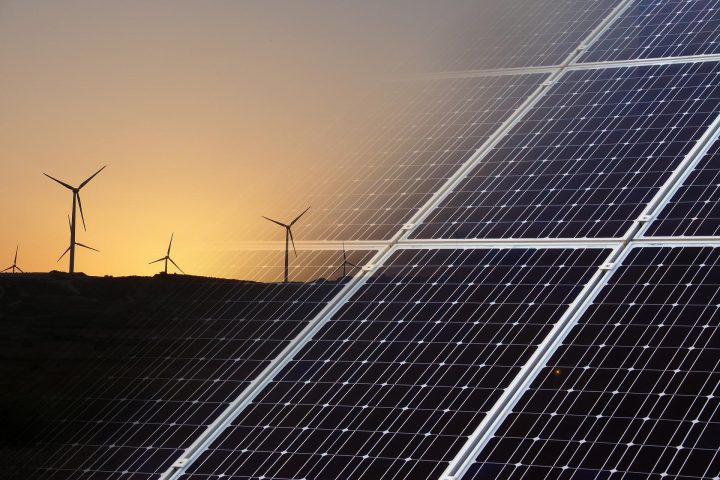Who owns the company that provides your energy? Who owns the company that will provide your energy in the future? You may know who owns the company that appears on the bill that you receive for your electricity or who owns the forecourt where you fill your car (or charge it). But who owns the cables that transmit the electricity; who owns the company that generates the electricity; who provides the fuel (or solar farm or wind turbines) or the pipeline that transports the oil or gas or the company that produces the oil and gas? These companies are all likely to be different and in some cases may be joint ventures involving several companies. A pipeline or other facility may be owned by one company but actually managed by another.
Individual homeowners are unlikely to have the means to understand the whole supply chain, and so it becomes important that governments fulfil that role on behalf of their citizens. Governments need to ensure that the wheels of industry and heating and lights in individual homes remain on. More than ever, governments need to focus on energy security.
Gazprom’s decision to halt gas supplies to Poland and Bulgaria has amplified the concerns about energy security; storm clouds that have gathered since Russia’s invasion of the Ukraine. Part of energy security is knowing who you are getting your energy from – not just the country but the companies involved in the long chain from field to front door: extracting the fuel, processing, transporting, distribution and selling to the end customer.
Energy supply chains are changing as countries and individual companies are finding new sources of energy to meet energy security needs and as they transition away from fossil fuels. This means that while companies involved in the supply chains for oil, gas and coal remain crucial for energy security, renewable energy sources are also important. Energy security now also means industries involved in the generation of electricity from renewable sources and the technology to store that renewable energy. This means the companies involved in the supply chains for a range of critical minerals such as copper, lithium, cobalt and nickel.
Knowing who is really behind the companies responsible for extracting, processing, transporting, marketing and supplying oil, gas, coal and critical minerals is a central part of creating open and competitive markets for these essential materials and for mitigating risks. Creating more transparent markets for these critical minerals and reducing risks should contribute to stable and sustainable supply chains. For governments, more transparency should mean a clearer picture of who is investing in their economy and so ensuring they are attracting responsible investors and not becoming overly dependent on investment from one country or a small pool of investors. For companies, transparency should help build trust and reduce the risk of sudden changes in regulations or tax regimes. Companies should also benefit from lower costs and better information on prices and how markets are functioning.
While the current focus on energy security stems from conflict, that is not the only risk facing supply chains. Other risks include negative environmental, health and social impacts, corruption, tax evasion, money laundering and terrorist financing. These risks apply not just to conflict or high-risk areas but to all mineral supply chains. There has long been focus on preventing some minerals from funding conflict, such as the Kimberly Process to prevent so-called “blood diamonds”, by tracking stones. However, substances such as oil, gas and indeed most minerals are much more difficult to track, particularly once processed . Instead, the companies involved in the supply chains can be identified along with their ultimate owners. This allows the flow of revenues and profits to be traced and an understanding of who benefits from all the activities along the supply chain.
The OECD has guidance for companies on undertaking due diligence for mineral supply chains in conflict and high-risk areas. This guidance calls on companies to “identify and verify the identity of all suppliers, business partners and customers”. Governments and companies should apply this advice to all energy and critical mineral supply chains, not just to conflict and high-risk areas. Reliable beneficial ownership (BO) information is crucial to undertake this due diligence. This means tracing back to the ultimate owners not to just to the legal owners. Just as, banks, lawyers and others use beneficial ownership information in due diligence to understand who is really behind the companies and transactions that they are participating in. This is an important use of BO information and is part of harvesting the benefits of having a robust BO reporting system in place. This is covered in step 6 of our BO framework, BO6, which supports the capturing of benefits of a BO regime.
Government and companies should therefore undertake risk assessments of their energy supply chains and assess the role that beneficial ownership information plays in mitigating those risks. They should then put in place systems to collect reliable beneficial ownership information and use that information to manage risks.
Michael Barron and Tim Law are independent consultants who have advised governments on four continents on implementing effective beneficial ownership reporting systems.



